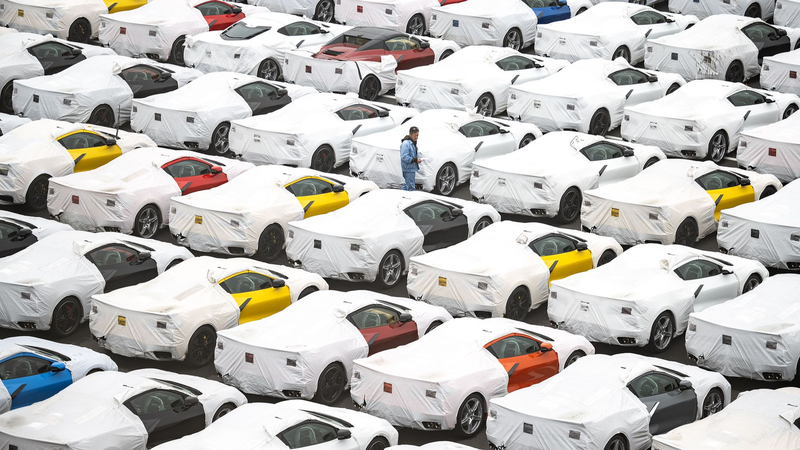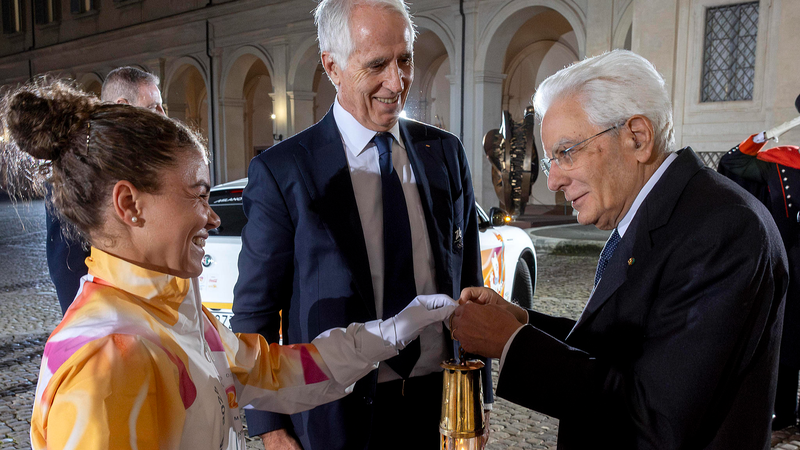In a move set to reshape trans-Pacific commerce, President Donald Trump signed an executive order on Thursday to roll out the long-awaited U.S.-Japan trade agreement first unveiled in July.
Under the new deal, the U.S. will apply a baseline 15 percent tariff on nearly all Japanese imports, with special treatment for four key industries: automobiles and parts, aerospace, generic pharmaceuticals, and non-native natural resources. For global car fans, this could translate into cheaper rides on American shores.
On the flip side, Japan has promised to open its markets to American manufacturers across sectors like aerospace, agriculture, energy, and industrial goods. A highlight: an expedited 75 percent boost in U.S. rice procurements and an $8 billion annual increase in purchases of U.S. farm products.
In a breakthrough for the auto industry, U.S.-made, safety-certified passenger vehicles will hit Japanese roads without extra testing hurdles—a game changer for electric vehicle startups eyeing G20 expansion.
The deal also carries big investment news: $550 billion in Japanese capital earmarked for the U.S. economy. Experts say that influx could fuel tech hubs, startups, and infrastructure projects—from Silicon Valley to the Midwest.
First announced on July 22, the framework deal aims to balance reciprocity with shared strategic goals. Economists predict it could boost bilateral trade by billions over the next decade, offering fresh growth opportunities for businesses, entrepreneurs, and young professionals tracking global markets.
Whether you’re a business student in India, a tech entrepreneur in Brazil, or a digital nomad exploring Tokyo’s street food scene, this deal promises to lower costs, spark investment, and deepen ties across the Pacific. Stay tuned as global trade enters a new chapter.
Reference(s):
Trump signs executive order to implement U.S.-Japan trade deal
cgtn.com




